CONCEDE, concede, concede. Back foot, back foot, back foot. And suddenly you are left with little to cling on to and disappear.
That may seem drastic but it’s not outside the bounds of possibility that is the way the Grand National is going, or being taken by racing’s rulers.
There is no doubt that over the years necessary changes had to be made to the race, whether we all like it or not. The old Becher’s was dangerous for fallers. The 2001 race in the mud or the deaths from the 2012 Nationals would be pretty horrendous nowadays. In hindsight, we can’t always treasure history.
Of the changes revealed this week, it’s not so much the reduction in the field size that irritates, though chopping six off it is too much, it’s the haste with which all these changes are being done.
Why not give it another year, as journalist Dave Yates said on the Nick Luck podcast? If you backtrack, you have to continually backtrack.
Perhaps reducing the field will help reduce fallers, but it’s no guarantee and how will this pacify protestors? It only encourages them that they have racing on the run. Those same protestors who found something else to do during the summer after their Derby protests fell flat.
“Until a comprehensive plan is published, detailing how and when racing will end in the UK - no safety changes will be adequate,” was the comment this week. Thirty-four runner Grand Nationals mean little difference to them.
Why react so drastically and quickly? What happens when another fatality occurs because everyone knows it will happen.
Why base so much change on the 2023 National and those first two fences?
Extra issues
That race had extra issues to contend with, a delay and increased tension, horses having to be brought back to the pre-parade ring, things were then rushed. It was a hot day, and the gallop to the first fence is always a bit too fast.
Yes, eight horses were taken out of the race at those first two fences but the events leading up to the start were undoubtedly a contributing factor.
It contributed to Hill Sixteen, a horse who had never fallen in his jumping life, to fall fatally. That was the conclusion of those closest to the horse.
I was a bit surprised by the comments welcoming the changes from many prominent racing people.
Dual National winning trainer Lucinda Russell: “It’s more just tweaking things five or 10% to make it better and I believe the new changes are doing that.”
Ruby Walsh on Racing TV: “There are lots of people who don’t like change but all sports change. Racing is the same in that we have to evolve to ensure the future of the sport.”
Barry Geraghty on a blog: “They are good changes to make, they’re very positive. I know some people will be disappointed to see the field size reduced from 40 to 34 … but I feel that it’s the right decision at this time.”
Measured
Davy Russell’s comments were more measured on each change.
On the field size reduced from 40 to 34. “This just feels a bit harsh to me. I’d have thought that reducing the number by four or even two might have been the right starting point, but they have gone straight in with six.” I’d have to agree.
And Ted Walsh got to the point on Sky Sports Racing: “This is another step in the abolition of jumps racing as we knew it. The Jockey Club are slowly giving in to the anti-racing people”
Reduction in field size comes from ‘a direct correlation between the number of runners in a race and the risk of falling’ was the BHA assessment.
But smaller fields do not always make safer races. In the 2022 Topham, 27 horses were standing coming to the ninth, four horses departed and four more were reported badly hampered.
In the 2022 National only two unseated at the first, and one fell and one brought down at the third. (Yes, it had a fatality at the third.) But I Like To Move It lost his life during a three-runner chase at Uttoxeter last weekend.
Chop six off the field, another fatality, chop another four – we’re getting near a normal 30-runner handicap a la Welsh National or Scottish – not the unique event that has centuries of history behind it.
The National is the weak point in the defence of racing – widespread interest and fatalities there make the news as do the animal welfare organisations in the build-up. But the mainstream didn’t care too much about I Like To Move It last weekend. It can never be risk-free.
Acceptable changes?
Reducing the opportunity for horses to build up too much speed at the start of the race does need to be one of the keys. Moving the run to the first fence is a reasonable solution but, looking at the fallers at the first, it is nearly always that they overjump and pitch on landing or unseat. Speed and a steeper fence?
Why not lower this fence? Make it more a practice fence as in France. So even horses approaching a bit too fast can negotiate it. And their mind is more on the job, and their position gained by the second fence.
Bringing forward the start time of the race is unlikely to change anything.
The early capture of loose horses is recommended though ‘infrastructure changes’ to the course will hardly change much to a viewer.
Trying to reduce that early speed is correct. Riders must be more aware and comply.
I’d be inclined to go along with much of Davy Russell’s comments on the standing start, “plenty will end up blowing the start and their pilots are left with no option other than to rush them up to make up lost ground.”
And then there is another change, a jumping error review panel. How will this work? Would a well-fancied runner be suddenly dumped out if, say, he fell at Cheltenham and had made a few errors in his earlier races?
Davy Russell again: “I’ve sat on good jumpers than can make errors and this game isn’t an exact science. Surely connections can be trusted with whether they think they have a sound jumper or not?”
Would Tiger Roll have passed that jumping test? I had fears he would not complete in that first National.
Would Vanillier last year, with just four novice chase runs that included one fall and a few ‘not fluents’, be allowed to run?
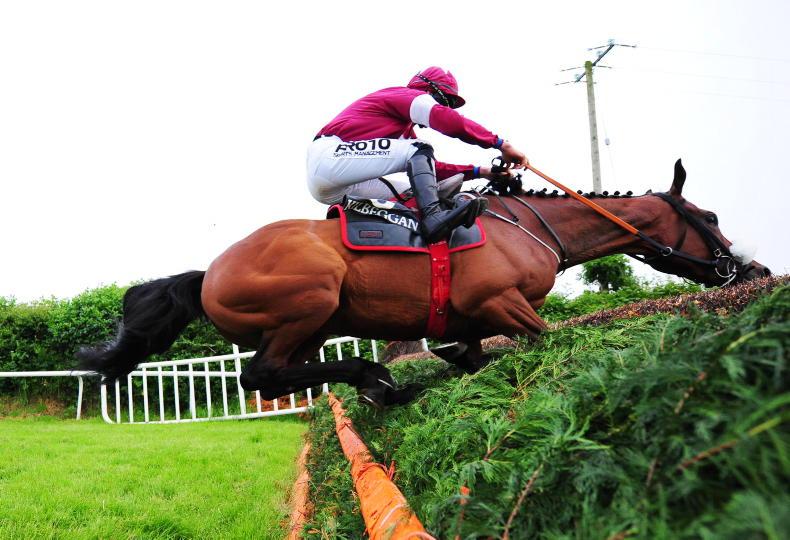
Animal Rising got bored of having so little to gain from public attention or media slots during the flat season. The National is the only potential weak spot, because of its worldwide audience.
But hasty change after change, when those changes cannot eliminate risk, will only lead down the path to extinction.
Melissa Jones@fillyonform
Animal Rising’s reaction to #GrandNational changes.. “until a comprehensive plan is published, detailing how and when racing will end in the UK - with all horses rehomed in sanctuaries - that no safety changes will be adequate.”
John Hunt@HuntyCaller
Two main points for me from the Grand National. What happens in future when the next fatality occurs? 34 becomes 26? Repeated until there is nothing left? Also RSPCA statement that ‘this announcement should pave the way for FURTHER changes.’
Niall McEntee@McenteeNiall
Be interesting to hear the conversation between Ruby and Ted over the changes. Ruby seems to broadly support them but I doubt Ted will agree. Yes racing has to adapt but the National is meant to be a challenge. It’s becoming just another race and that’s sad.
Brendan Powell@bpowell13
Probably the most sensible post I’ve seen. 6 less runners? Make no difference whatsoever John. All go middle to inner now anyway. Smaller fences…more pace. It’s the pace that causes the problems. Won’t be a national in ten years. Or it will be 25 runners over 3m4f. Imo!! [replying to John Hunt]
Diarmuid Nolan@dermonolan91
Reducing the Grand National to 34 runners is just a feeble attempt at trying to appease the unappeasable.
This won’t stop anything. Horse Racing needs to decide to either stick its chest out and be proud or just stop. You can only be extremely worried about the sport.


 This is a subscriber-only article
This is a subscriber-only article
 It looks like you're browsing in private mode
It looks like you're browsing in private mode






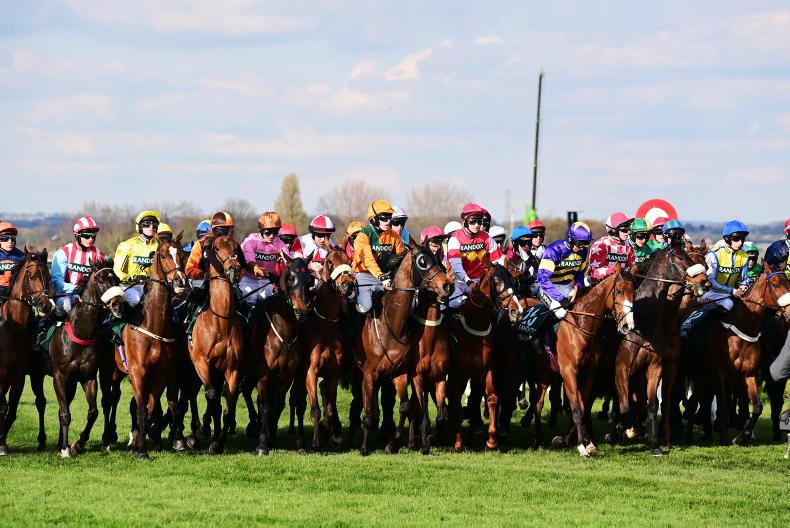
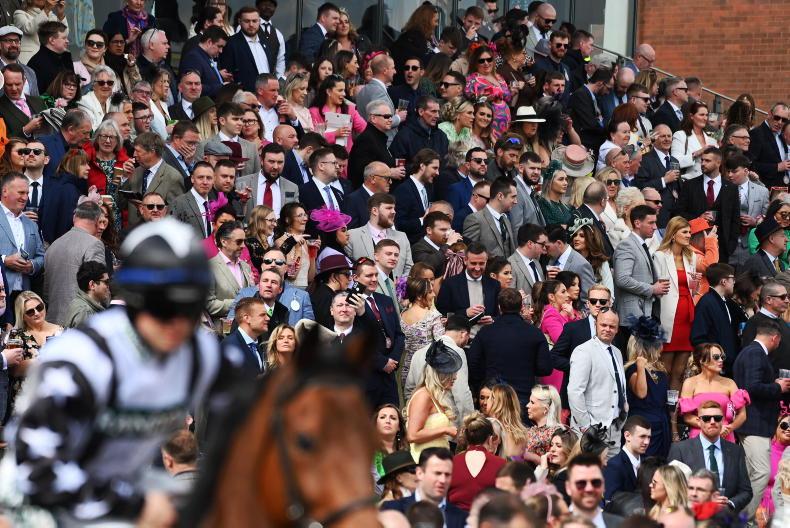
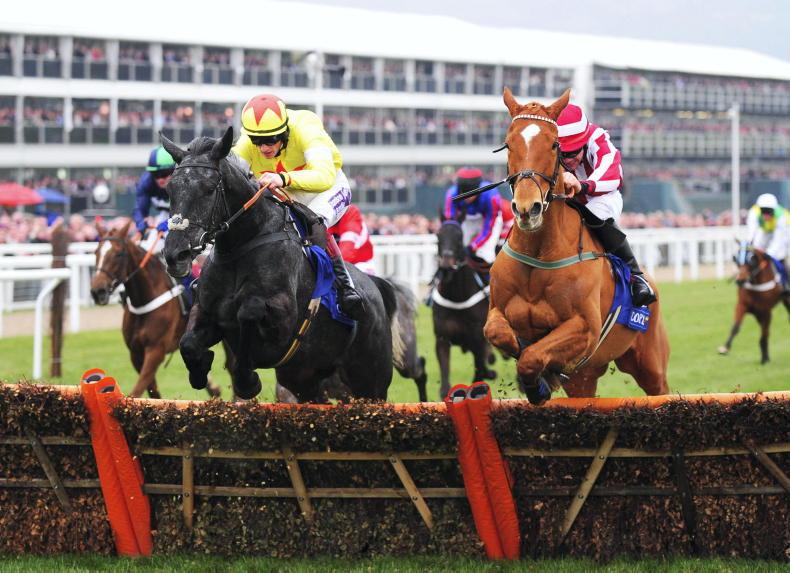

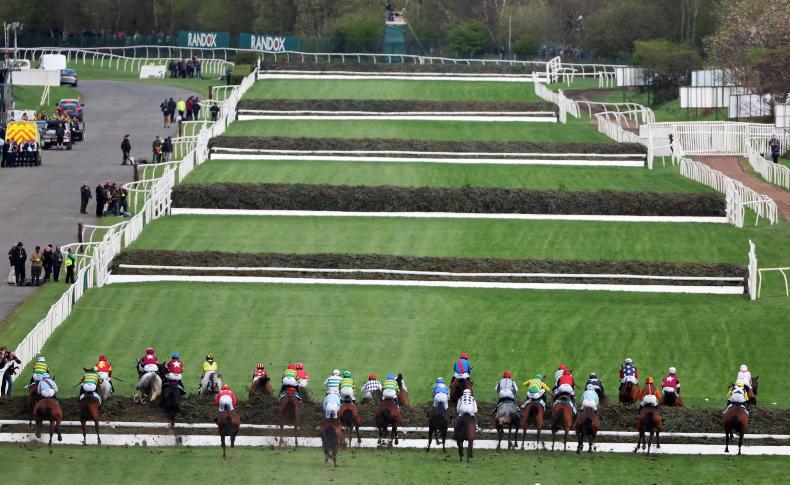
SHARING OPTIONS: